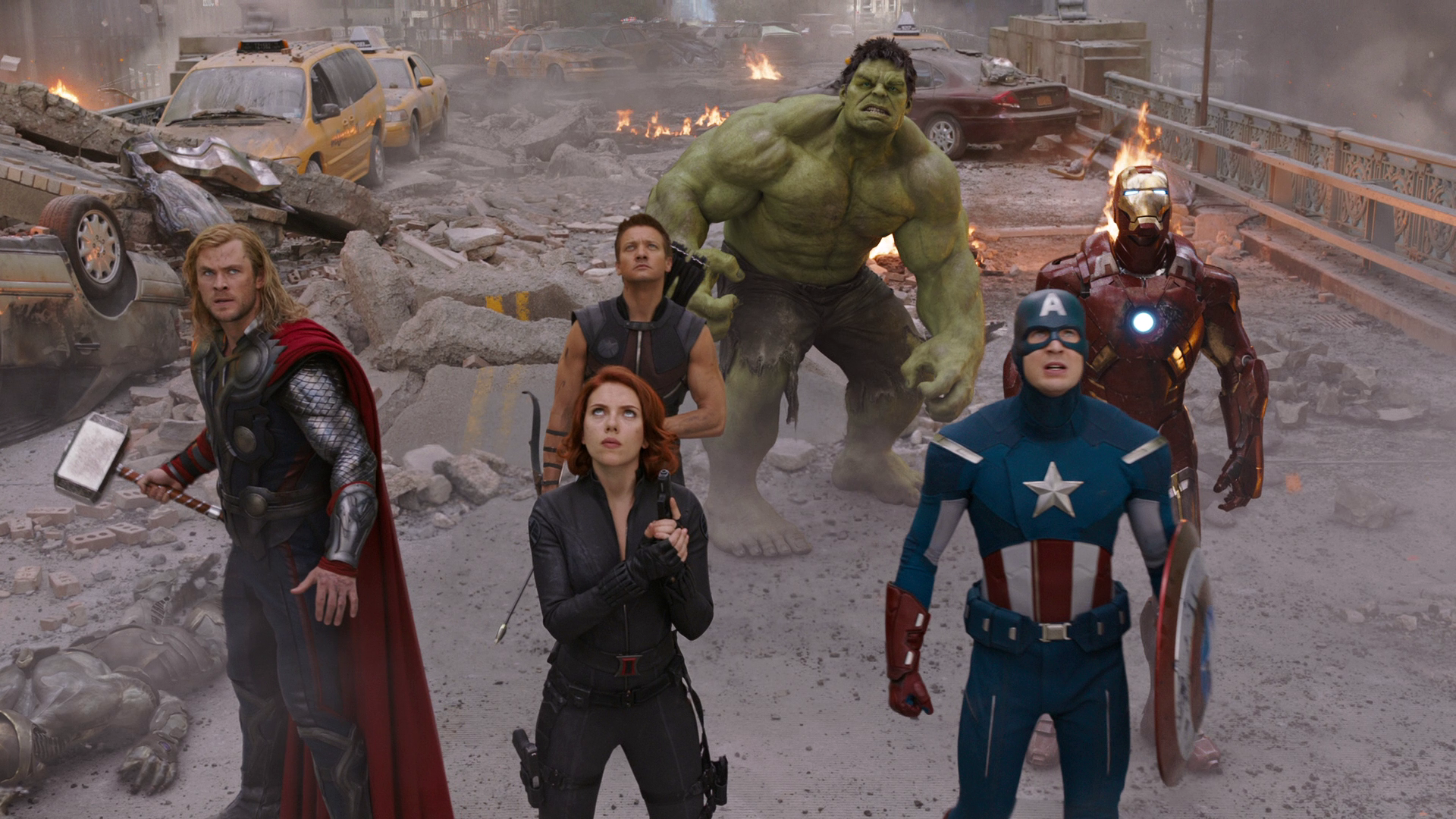Superhero films are all the rage with audiences, but how long can this golden age last?
Superheroes have flooded our screens, be it in record-setting, box-office blockbusters like The Avengers or beloved Netflix original series, such as Daredevil and Jessica Jones.
But why did comic book characters become so omnipresent? There has been a paradigm shift in the entertainment industry, and this trend seems here to stay, as Doctor Strange’s success has hinted at. Despite their continuous popularity, it is easy to feel overwhelmed and tired of the sheer amount of superhero-related content being produced on a regular basis. How did Hollywood become so obsessed with caped crusaders?
According to Lance Ulanoff, editor-at-large and chief correspondent at Mashable, an entertainment company, Sam Raimi’s Spider-Man (2002) was the first film to catapult the superhero genre into mainstream entertainment. Despite being incredibly popular upon its release, the film has aged poorly, as the visuals and storyline that were so revolutionary at the time now feel cliché and outdated.
However, in 2008, The Dark Knight and Iron Man gave the superhero genre the momentum it needed to become the next big thing in Hollywood. Both movies impressed fans and critics alike—Heath Ledger was even awarded a postmortem Academy Award for his portrayal of the Joker.
The incredible success of both films gave their production companies, DC and Marvel, the indication that a cinematic universe featuring their iconic characters would be well-received by audiences. Fast forward a few years and several films later, and the drawback of these expanding universes is that they are becoming increasingly hard to keep up with. What with the series offered on Netflix and the constant introduction of new heroes, it is no longer feasible to see only one superhero movie a year and still be in the loop when it comes to the superhero genre.
With the growth of the Marvel and DC cinematic universes, the concern is that the extensive story connecting cities, countries and worlds in these universes will collapse under its own weight. With each addition to the franchises, the studios will have to jump through more and more hoops and push the boundaries of creativity in order to keep audiences interested.
According to Business Insider, Marvel and DC are projected to release 24 superhero films within the next five years. It might prove impossible to sustain a high-quality output within such extreme production conditions. It will be interesting to see how the studios reinvigorate the genre while sticking to the source content, and whether fans will cling to the franchise or gradually flock to the next big thing. Just like westerns, musicals and film noir, all of these genres had their golden ages followed by a slow decline—so, too, will the superhero genre.
